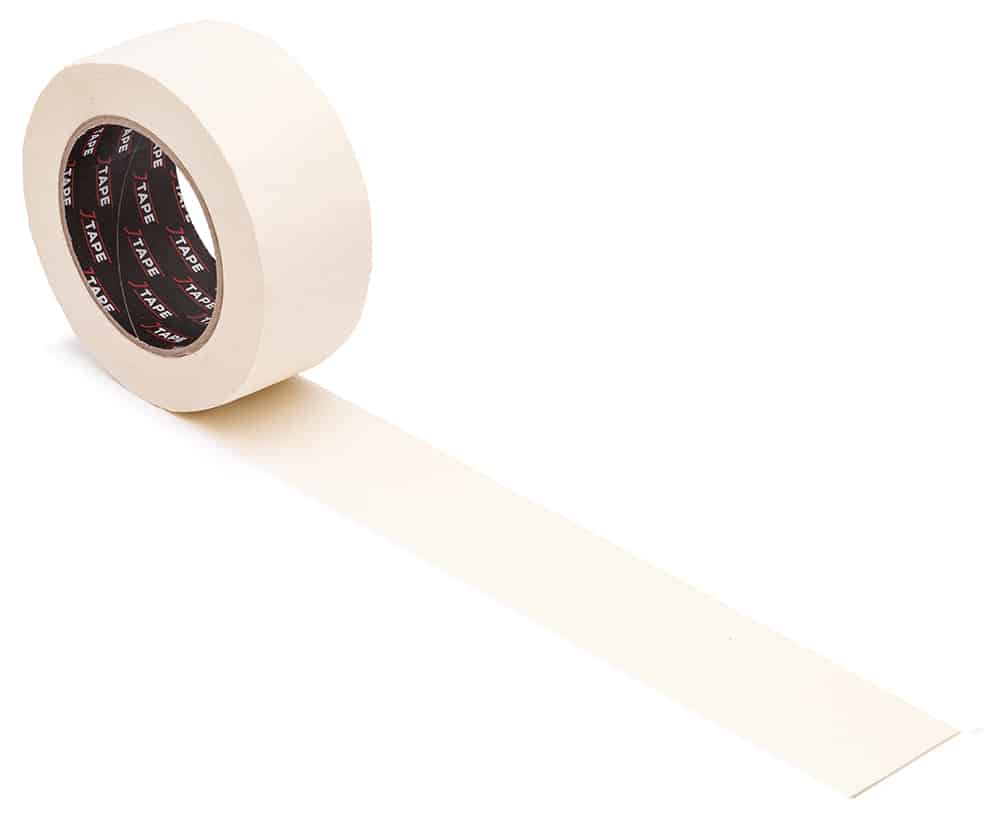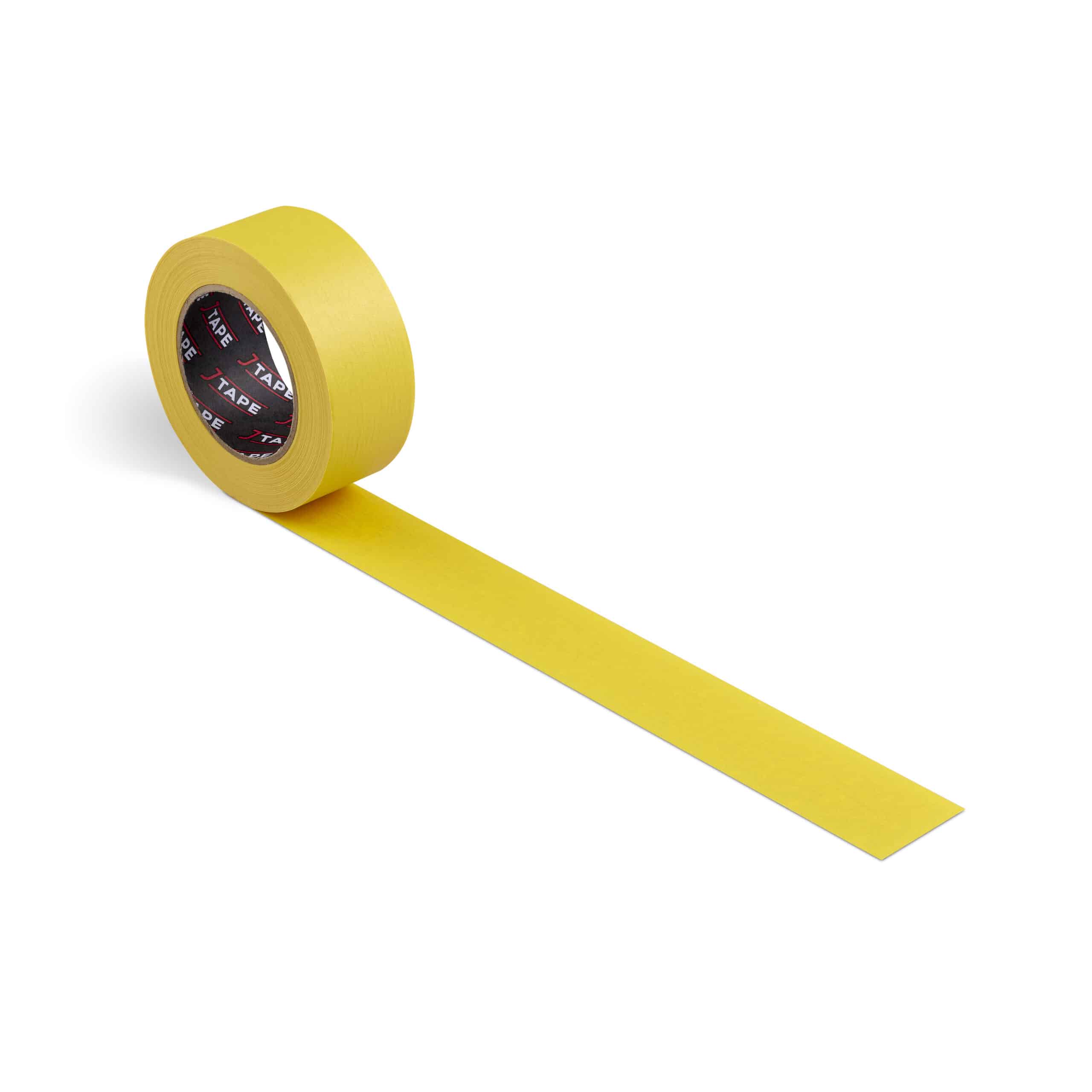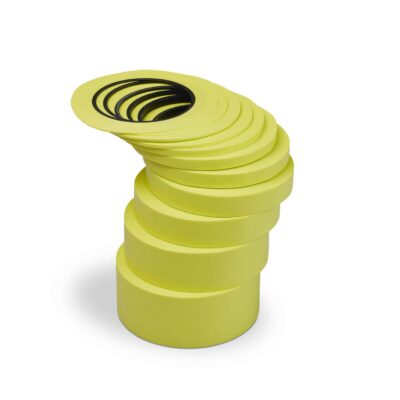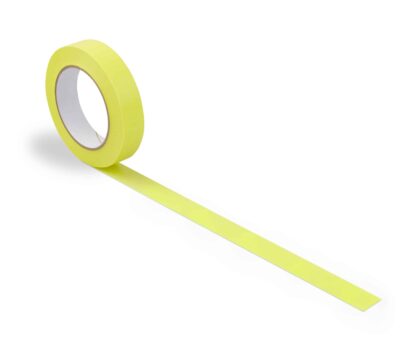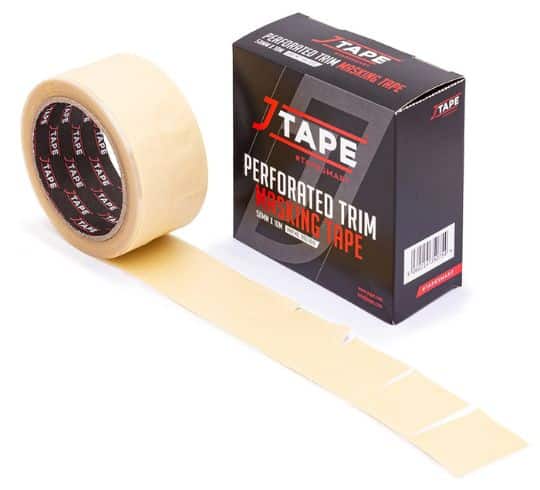With more than two decades of experience in manufacturing masking tapes for painting, we’re proud to offer a wide range of high-quality, British-made masking tapes expertly designed for all purposes. We understand that each job varies, which is why we offer tapes with varying characteristics, like low tack and high tack options, varying temperature resistance and flexibility, so that you can pick the right tape for the job.
Sick of generic painter’s tape that leaves you with more to do once it’s removed? Why not try a tape from JTAPE that is tailored to deliver professional results every time – while saving you time and effort.
We always strive for the highest production standards to ensure our customers receive reliable masking tapes that you can trust to provide consistently great results with every use. Whether you’re masking off the top of a car door or masking trims and mouldings with precision, our selection is perfect for masking off multiple surfaces with no unwanted leaks.


